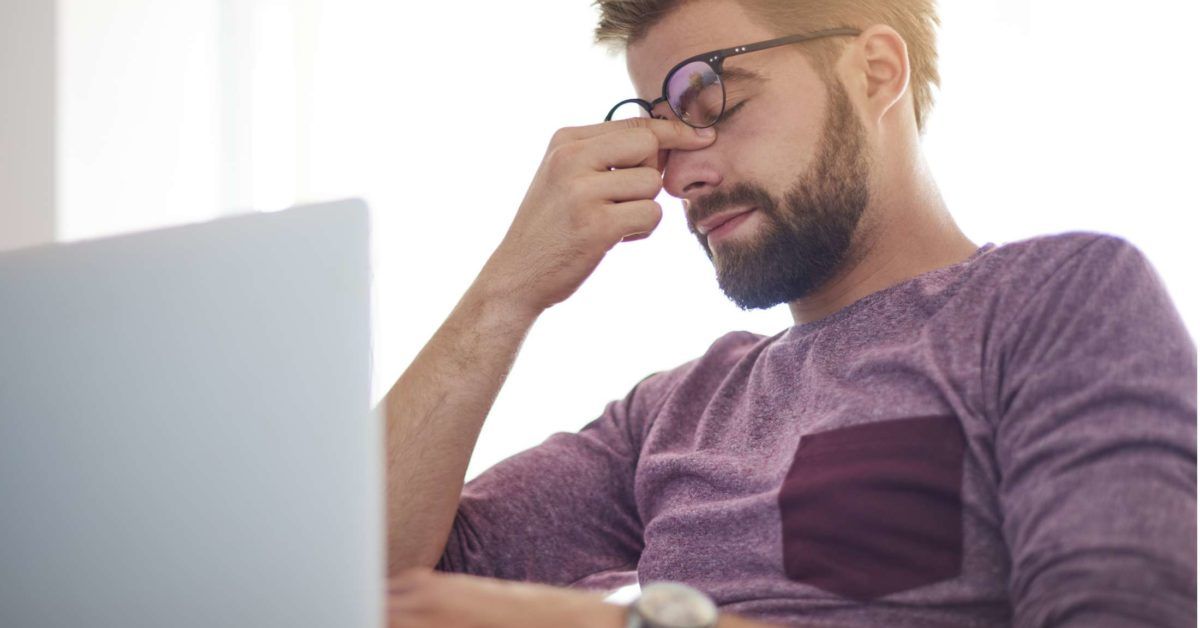All Categories
Featured
Table of Contents

Routine eye examinations are necessary for preserving great vision and detecting potential eye health issues early. Nonetheless, the frequency of these examinations can vary dramatically based upon an individual's age, way of living, and total health. Recognizing the recommended timetable for eye exams can aid make sure that individuals of any ages receive appropriate treatment and tracking for their eye health.
Infants and Toddlers (0-2 Years)
For toddlers and infants, eye tests are critical for detecting any prospective vision troubles beforehand. The American Academy of Ophthalmology suggests that a youngster's initial eye exam need to take place at around six months of age. Throughout this first check out, the eye care professional will examine the child's visual development and check for any kind of obvious eye concerns.Following this very first exam, it is advised that youngsters have another eye exam at age 3. This visit will certainly concentrate on assessing the kid's total visual function, consisting of eye positioning and the ability to track things. If no issues are spotted, the next exam should be set up prior to the kid starts institution, generally around age five or 6.
School-Aged Children (6-18 Years)
Once children reach school-age child, regular eye tests must be arranged each to two years. Vision is critical for learning and advancement, and many colleges conduct vision testings. These testings do not replace a thorough eye examination by an eye care professional.For kids entailed in sporting activities or tasks calling for substantial visual focus, annual eye exams may be advisable. Furthermore, if a youngster shows signs of vision troubles-- such as problem checking out, scrunching up your eyes, or constant migraines-- a browse through to the eye doctor must be scheduled immediately.
Youthful Grownups (19-39 Years)
Youthful adults usually have less vision changes than older age groups, but routine eye examinations remain vital. The general recommendation is to set up an eye test every 2 years during this duration. Nevertheless, individuals with specific danger elements-- such as a family members background of eye illness, diabetes, or those who put on contact lenses-- should consider annual eye tests.Furthermore, those who invest considerable time on electronic devices might experience electronic eye pressure. If symptoms such as dryness, fatigue, or blurred vision happen, it might be wise to see an eye care specialist faster.
Adults (40-64 Years)
As people get in middle age, the chance of developing vision issues increases. Adults aged 40 to 64 need to set up eye examinations each to 2 years. This age team might begin to experience presbyopia, an all-natural age-related condition that makes it challenging to focus on close objects. Eye examinations can likewise help find various other usual age-related conditions such as glaucoma, cataracts, and macular deterioration.If individuals in this age have danger elements like high blood stress or diabetic issues, they may need more regular examinations to check their eye health very closely.
Elders (65 Years and Older)
For seniors, regular eye exams end up being even a lot more vital. The American Optometric Association recommends that individuals aged 65 and older have an eye exam at the very least as soon as a year.Verdict.
Understanding the proper routine for eye tests based on age is important for keeping optimal eye wellness throughout life. By adhering to these guidelines and consulting with an eye treatment expert, people can take aggressive steps towards maintaining their vision and overall wellness.Table of Contents
Latest Posts
Choosing the Right Location: What to Take into consideration for Wedding Celebrations, Conferences, and Occasions
Published en
1 min read
Discover Leisure at the Claridge Indoor Swimming Pool
Published en
1 min read
The Boogaloo Sports Bar & Grill at FunCity Resort Resort: Where Enjoyable Fulfills Taste
Published en
1 min read
More
Latest Posts
Choosing the Right Location: What to Take into consideration for Wedding Celebrations, Conferences, and Occasions
Published Mar 23, 25
1 min read
Discover Leisure at the Claridge Indoor Swimming Pool
Published Feb 11, 25
1 min read
The Boogaloo Sports Bar & Grill at FunCity Resort Resort: Where Enjoyable Fulfills Taste
Published Feb 06, 25
1 min read